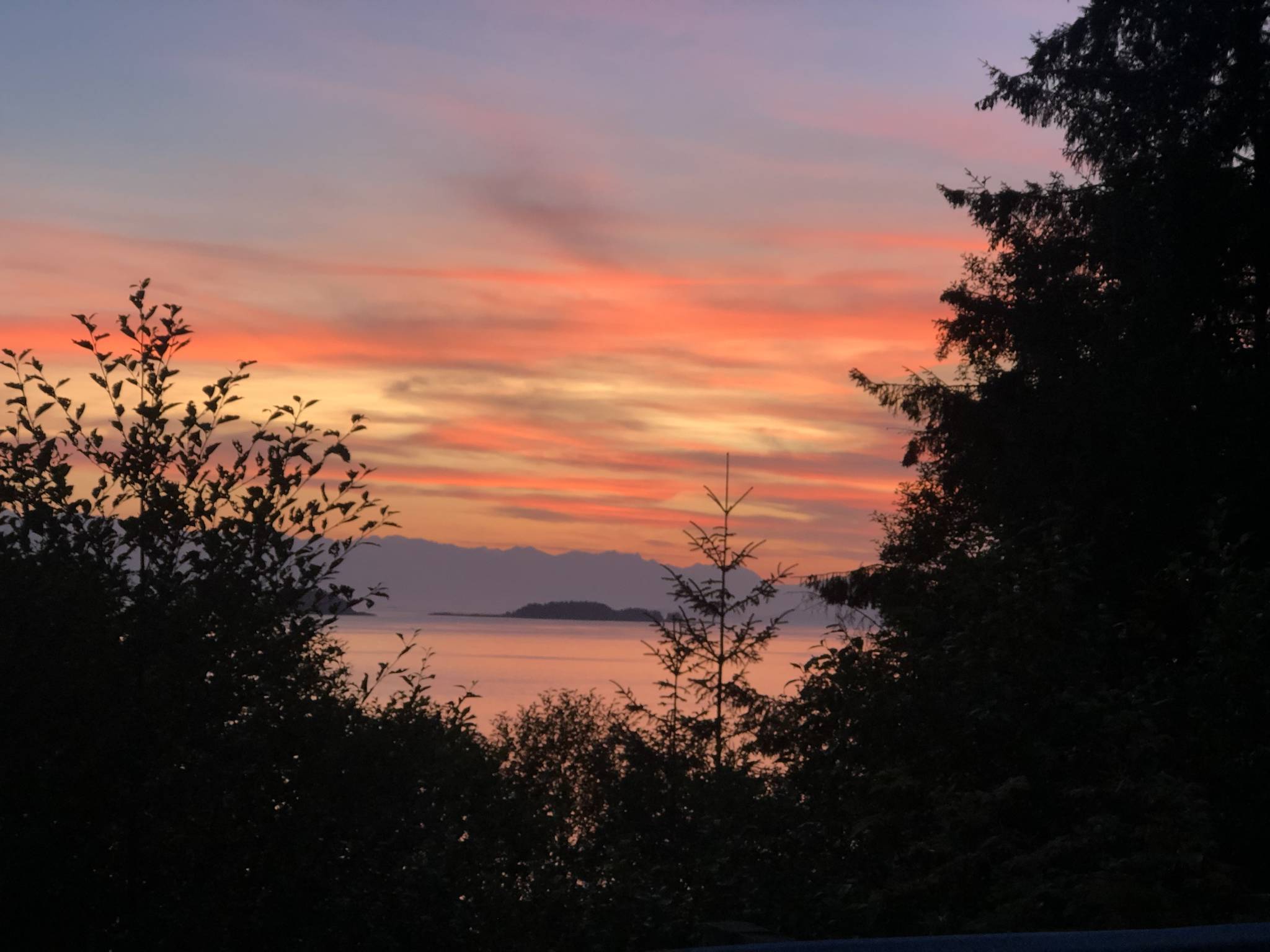Last week, U.S. Sen. Lisa Murkowski, R-Alaska, published an op-ed in the Washington Post supporting the removal of “Roadless Rule” safeguards for the Tongass. By declaring that “every Alaska state-wide official” is in favor of exempting the Tongass from the Roadless Rule, the senator is using her national platform to offer a deceptive view of where Alaskans stand on the issue.
As written and in-person public testimony from the 2018 scoping period make clear, the majority of Southeast Alaskans believe the opposite of Murkowski. Over 90 percent of the 143,900 formal comments received by the U.S. Forest Service were in support of taking no action to change the Roadless Rule. Additionally, Ketchikan Indian Community, Organized Village of Saxman, Craig Tribal Association and Organized Village of Kake have all passed resolutions to express similar sentiments. This will also bear out whenever the U.S. Forest Service makes its upcoming Draft Environmental Impact Statement — revised, according to Washington Post reporting, after top-down political interference from Gov. Mike Dunleavy and President Donald Trump — available for public comment.
The fact is, the Roadless Rule is working for Southeast Alaska. Exemptions have been consistently granted when needed for community access, mining, and hydro-electric. And despite Murkoski’s eyebrow-raising assertion that “fishing, forestry, mining and tourism … depend on reasonable access to the Tongass,” the commercial fishing industry and tourism interests have made clear that the Roadless Rule is a positive for their businesses. I’ve captained a troller in Southeast for most of my 20s, so I can say with some authority that fishermen rely on the Tongass for the salmon that spawn in its many rivers and streams. The only “access” we need is to healthier ecosystems and restoration of the habitats previously impacted by clearcut logging and road-building. Conveniently, that work can be accomplished from the existing 5,000 miles of logging roads in the Tongass.
This is why so many Southeast Alaskans aren’t buying into the need for an exemption; it’s pretty clear that this process is happening at the behest of the timber industry. Objectively, that industry isn’t much more than Viking Mill, on Prince of Wales (which claims to employ 40 locals) and Alcan Timber Resources, a contract cut shop headquartered in Ketchikan.
A Tongass exemption from the Roadless Rule would let these two companies clearcut ancient forest in areas that have been protected for nearly 20-years; places we have grown used to counting on for hunting opportunity and salmon habitat. Timber interests will see the only real benefit from a Tongass exemption, but last week we learned that they’re be granted taxpayer money to provide input. The State has given $200,000 to the Alaska Forest Association to support their engagement with the current Roadless Rule process; these funds originate from a $ 2 million dollar grant from the USDA. Why is the state directing taxpayers’ money to an industry group to support its lobbying efforts? Especially when the Vice President and Treasurer of Alaska Forest Association — Bryce Dahlstrom (Viking) and Eric Nichols (Alcan), respectively — are among the handful of people in Southeast who will benefit from a Tongass exemption?
Murkowski is understood to be a reasoned voice on many issues, but she’s also part of a long tradition of politicians propping up a failing timber industry. Murkowski — and our other statewide officials — should listen to the people instead of encouraging President Donald Trump to corrupt the process with ill-informed directives and paying the industry for their input.
Like Murkowski, I grew up in Southeast Alaska. I’m proud to be from a rural community on Prince of Wales, and I’ve experienced the challenges and rewards of living here. I’ve fished around almost every rural community in Southeast, and as far as I can tell, the places that are struggling are the places that haven’t made a clean break from the clear-cut, round-log export model of timber. Overall, I see more hope than despair in Southeast. People are finding opportunity in ecotourism, direct marketing salmon, mariculture and developing successful models for remote farming. Southeast Alaskans are building resilient futures for themselves, and these futures are inextricably linked to the intact old-growth systems of the Tongass National Forest.
• Elsa Sebastian is a lifelong Alaskan and commercial fisherman who gillnets in Bristol Bay and trolls in Southeast Alaska. She resides in Point Baker. My Turns and Letters to the Editor represent the view of the author, not the view of the Juneau Empire.

